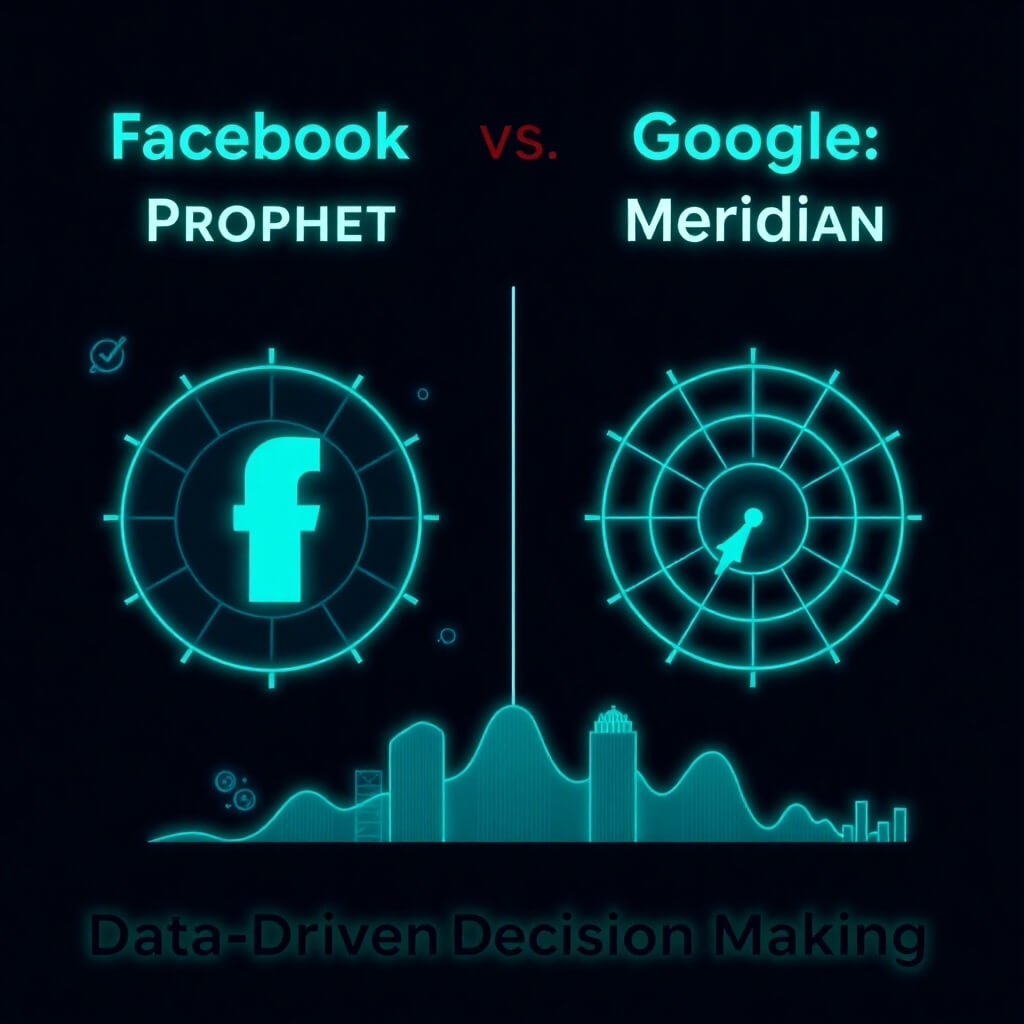With Wimbledon fast approaching on June 21st, IBM released a neat app available for Android phones and the iPhone that will allow attending fans to watch the tennis action from outside the confines of the All England Club’s court walls.
Users at Wimbledon can watch matches they can’t be at on the IBM Seer app through augmented reality technology that displays a live stream of match play based on their location. So all one has to do is point their phone to the match they want to watch, and boom, the live stream pops up on their phone, essentially allowing you to see through walls. The app also provides information on line lengths (or queues, as the Brits like to say) and food and drink availability at concession stands.
As this form of technology is new to the world of event-going in general, look to see this app be used across other sports and events. This is only the beginning. Just like brands such as Nike and FIFA utilized emerging media and technology such as FourSquare and Twitter to connect themselves with real-time events, Wimbledon has done the same with the IBM Seer app by allowing match attendees to engage with the tennis tournament in an entirely new way. Not only is the level of engagement enhanced, but also the equity in the brand. For as long as I can remember, brands would attempt to gain equity by borrowing it through a partnership with a celebrity or musician. Think of those Chrysler ads from a few years back which featured the ever-cool Snoop Dogg and Glaceau’s campaign for Smartwater which features Patriots quarterback Tom Brady.
But as the public image of an endorser can change at any moment (Tiger Woods anyone?), that borrowed equity is left hanging in the balance. It can dissolve almost overnight, or maybe it never even made sense in the first place. So that’s why the emergence of media technologies like the IBM Seer app for Wimbledon and FourSquare’s partnership with CNN for the World Cup may mark a shift in how companies, events, and media networks build equity in their brand in the future.
A few key contributors to this shift are:
1) User behavior can usually be tracked and content can be shared with most of this online-based emerging technology (have you read our Chiclet whitepaper yet?)
2) There’s less risk involved than using a celebrity
3) It gets your audience to actively participate in your brand and cause, which of course is one of the general objectives of any social media marketing campaign.
In the end, connecting your brand to real time events through technology makes sense, simply due to the fact that most events are inherently social, which encourages sharing even more. Now that we have apps that can see through walls and the technology out there to harness that relationship, look for this trend to continue to grow in the current share-centric, mass-connected age of communication.







